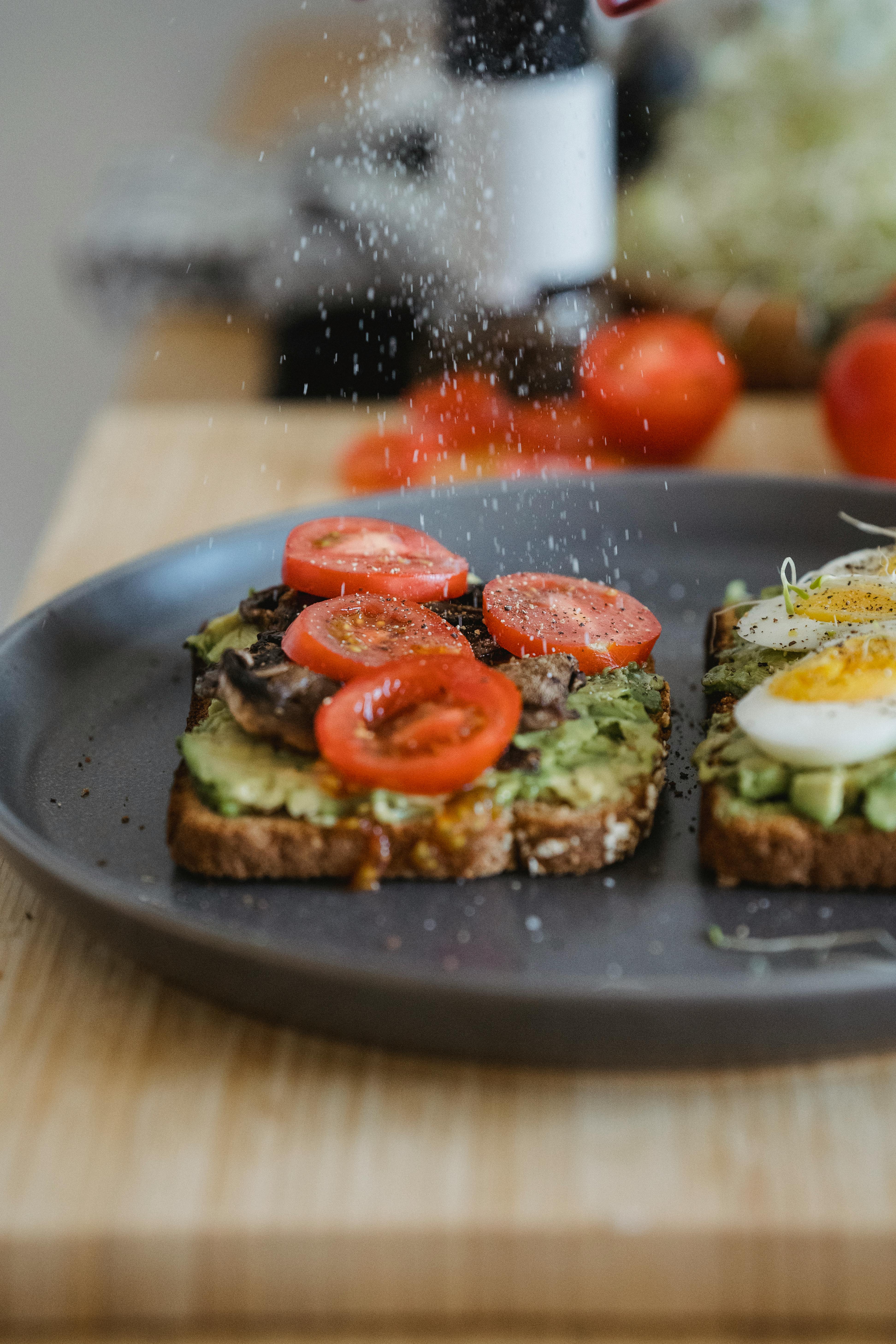Discover Authentic Costa Rican Food Recipes for Home Cooking
Costa Rican food recipes offer a delightful journey through vibrant flavors and wholesome ingredients. With the rise in popularity of global cuisines, Costa Rica’s traditional dishes are gaining attention for their simplicity and cultural richness. In this article, you’ll explore authentic recipes, cooking techniques, and insider tips to recreate Costa Rican meals right in your own kitchen.

Understanding the Fundamentals
At the heart of Costa Rican cuisine lies a balanced blend of fresh produce, lean proteins, and simple spices. Rooted in indigenous traditions and influenced by Spanish colonialism, these dishes reflect both heritage and adaptability. Gallo pinto, the national dish, exemplifies this culinary identity.
These fundamentals matter because they showcase how humble ingredients can yield nourishing, flavorful meals. Much like Italy’s pasta or Japan’s sushi, Costa Rica’s food culture reveals its values through every bite—family, sustainability, and celebration.
1.1 Gallo Pinto: The National Treasure
Gallo pinto is a breakfast staple made from rice and black beans sautéed with onions, bell peppers, and cilantro. It’s often served with eggs, sour cream, and fried plantains. A 2023 food survey showed over 95% of Costa Rican households enjoy gallo pinto at least once a week.
Beyond breakfast, gallo pinto is also enjoyed at lunch or dinner. Many first-time visitors mistake it for just “rice and beans,” but its distinct flavor comes from the addition of Lizano sauce and fresh herbs.
1.2 The Role of Fresh Produce and Local Ingredients
Unlike many Western cuisines that rely heavily on processed items, Costa Rican food recipes emphasize whole ingredients. Vegetables like yucca, plantain, and chayote are staples, while tropical fruits such as mango and papaya round out meals.
This reliance on local produce not only enhances flavor but also supports environmental sustainability. For instance, a typical casado dish combines grilled meat with rice, beans, salad, and plantains—balanced, colorful, and deeply satisfying.
Practical Implementation Guide
Now that you understand the foundations of Costa Rican food, it’s time to bring these recipes to life. Whether you’re new to cooking or a seasoned home chef, these steps will help you master the essentials with confidence.

2.1 Actionable Steps
- Choose Your Dish: Start with beginner-friendly recipes like gallo pinto or arroz con pollo. These require minimal ingredients and equipment.
- Gather Fresh Ingredients: Visit a local market for cilantro, bell peppers, limes, and beans. Organic produce enhances authenticity.
- Follow Cooking Milestones: Stick to a simple weekly plan—try gallo pinto on Monday, casado mid-week, and arroz con leche for dessert on the weekend.
2.2 Overcoming Challenges
Common obstacles include limited access to traditional sauces like Salsa Lizano or unfamiliar produce. Here are solutions:
- Ingredient Substitutions: Use Worcestershire sauce mixed with lime as a substitute for Lizano.
- Time Constraints: Cook in batches and freeze portions for later use.
- Flavor Balance: Taste often and adjust seasonings gradually.
Expert tip: Use a heavy-bottomed skillet to develop deeper flavors without burning ingredients.
Advanced Applications
Once you’ve mastered the basics, expand your culinary skills with more complex Costa Rican food recipes. These dishes often incorporate marination, layering of spices, and slow-cooking methods to elevate taste and texture.

3.1 Ensalada Rusa with a Tico Twist
Ensalada rusa, or Russian salad, has been adopted into Costa Rican cuisine with a local twist—added beets, carrots, and hard-boiled eggs give it a festive color and creamy texture. In holiday meals, it’s a centerpiece dish often paired with roasted pork or tamales.
Performance tip: Chill the salad overnight to allow flavors to meld. This enhances both taste and texture significantly.
3.2 Marinated Meats: Carne en Salsa
Carne en salsa involves slow-cooked beef in a tomato-based sauce infused with onions, garlic, and local spices. It’s ideal for advanced cooks wanting to master marination and sauce reduction techniques.
Ensure compatibility with side dishes like mashed yucca or fresh tortillas to complete the experience.
Future Outlook
As the global palate continues to evolve, Costa Rican food recipes are being reinterpreted by chefs and home cooks alike. Trends like plant-based gallo pinto and gluten-free tortillas reflect broader health-conscious movements.
Experts predict a 40% increase in international demand for Latin American cuisine by 2030. Now is the perfect time to deepen your skills and stay ahead of culinary curves.
Conclusion
In summary, Costa Rican food recipes offer:
- Balanced, nutritious meals built on fresh ingredients
- Deep cultural relevance and family-oriented preparation
- Simple yet flavorful dishes adaptable to any skill level
Explore these recipes with confidence and curiosity. Whether you’re cooking for yourself or hosting a dinner, Costa Rican cuisine brings warmth and flavor to the table.
Start your Costa Rican cooking journey today. Collect your ingredients, prep your space, and experience the Pura Vida lifestyle through food.
Frequently Asked Questions
- Q: What is the most popular Costa Rican food? Gallo pinto is the national favorite, made with rice, beans, and spices, typically served at breakfast.
- Q: How do I get started with Costa Rican cooking? Begin with gallo pinto or arroz con pollo. Both are beginner-friendly and use common ingredients.
- Q: How much time does it take to cook these dishes? Basic dishes take about 30–45 minutes. More advanced ones like carne en salsa may require 2–3 hours including prep.
- Q: Are Costa Rican recipes expensive to make? Most recipes are budget-friendly. Rice, beans, and vegetables form the base, keeping costs low.
- Q: How do Costa Rican recipes compare to Mexican food? Costa Rican food is milder and less spicy, focusing more on herbs and natural ingredients rather than heat.
- Q: Is Costa Rican cooking difficult to learn? Not at all. Most recipes use straightforward techniques and simple ingredients.
- Q: Can Costa Rican food fit into a vegetarian diet? Absolutely. Many recipes like gallo pinto, ensalada rusa, and chayote stew are naturally vegetarian.
